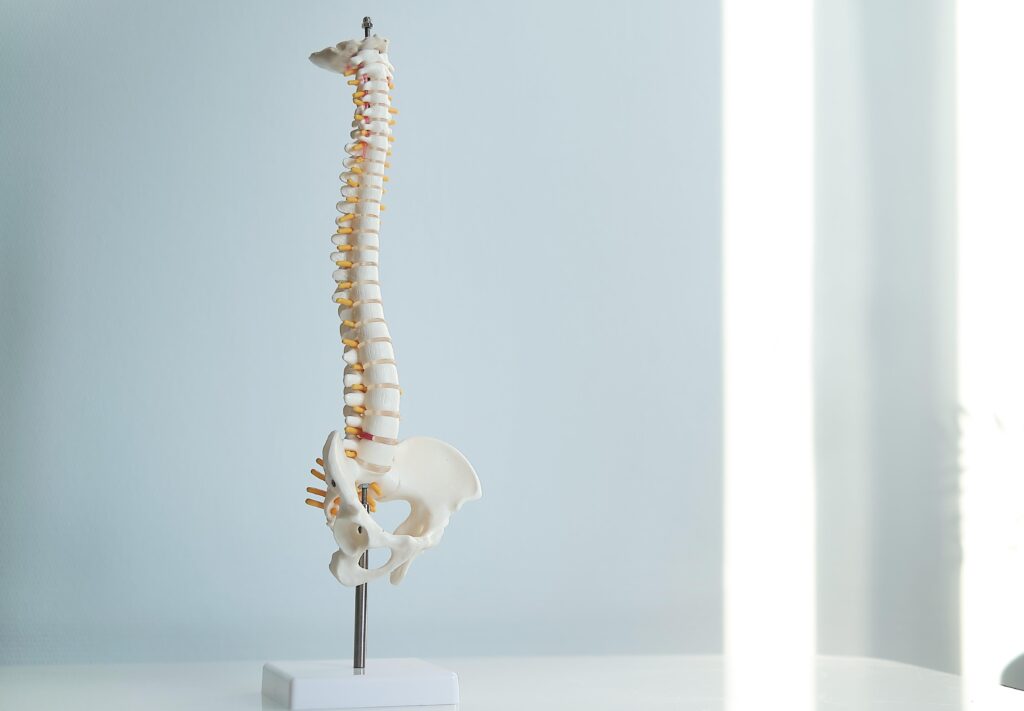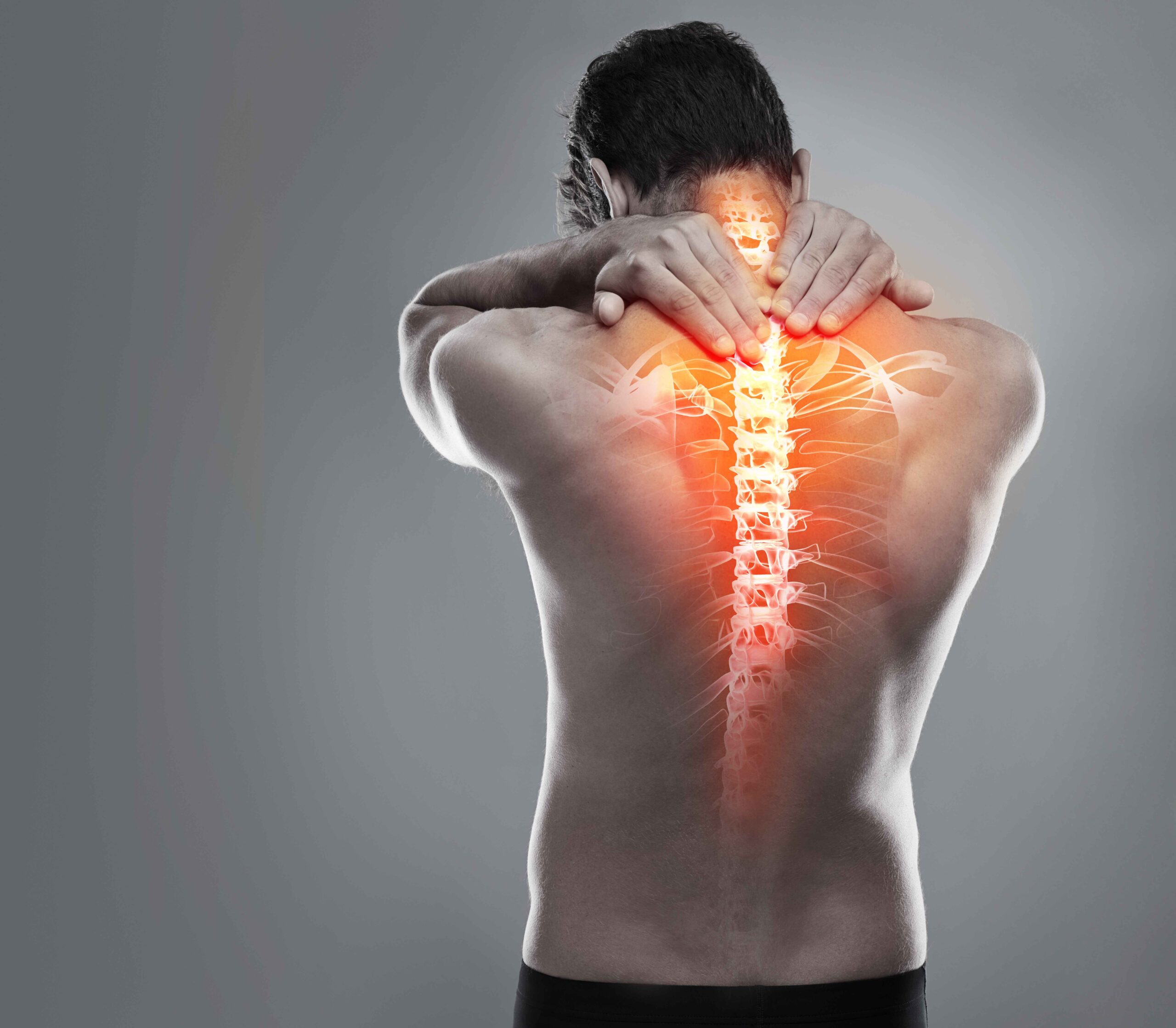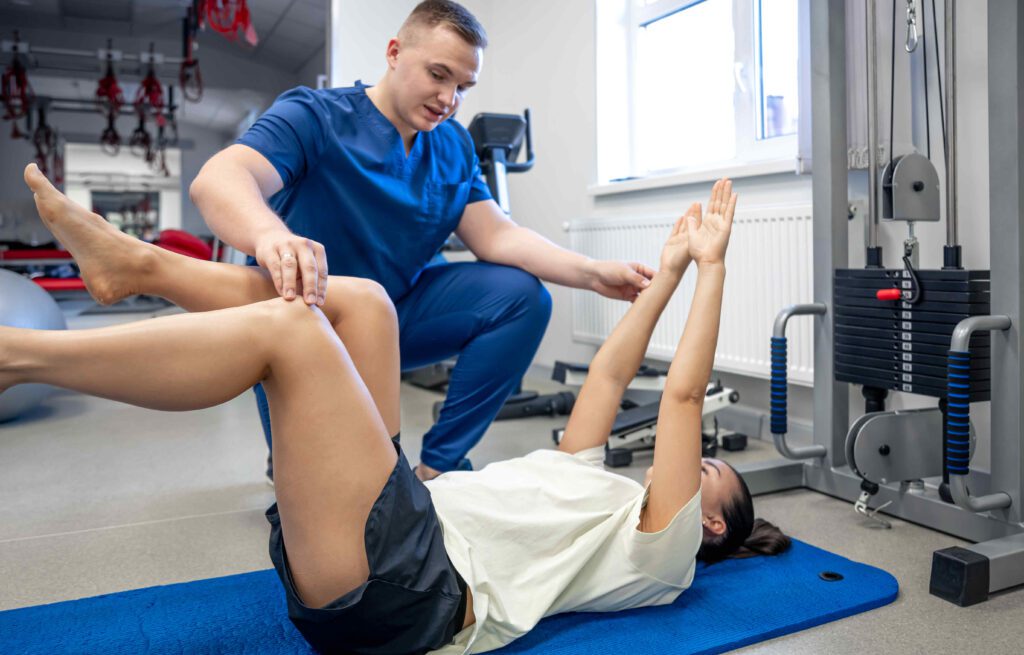Whiplash is a common injury that can occur in various situations, such as during sports activities, slips and falls, or even in auto accidents where the vehicle shows no apparent damage. It’s essential to understand the signs, symptoms, and treatment options available for whiplash to manage this condition effectively.
What is Whiplash?
Whiplash refers to an injury of the neck muscles, ligaments, and soft tissues caused by a sudden, forceful back-and-forth movement of the neck, much like the cracking of a whip. This type of motion can happen in an array of incidents, including low-speed car accidents, which surprisingly can still produce sufficient force to cause significant injury.
Signs and Symptoms of Whiplash
Recognizing the signs and symptoms of whiplash is crucial for timely treatment. Here are the most common indicators:
- Neck Pain and Stiffness: This is the most noticeable symptom following an injury. The pain might worsen with neck movement and can spread to the upper back or shoulders.
- Headaches: Often starting at the base of the skull, headaches may radiate towards the forehead.
- Dizziness: A feeling of unsteadiness or vertigo can accompany a whiplash injury.
- Blurred Vision: Some individuals may experience temporary visual disturbances.
- Fatigue: General tiredness or unusual fatigue can occur.
- Pain in the Arms or Legs: Some might feel pain, numbness, or tingling extending into the arms or legs, indicating nerve involvement.
It’s important to note that symptoms can appear immediately after the incident or may develop gradually over several hours to days.

When to Seek Medical Evaluation
After an incident that could potentially cause whiplash, it is advisable to undergo a medical evaluation, even if symptoms seem minor. An evaluation is essential because the body is not inherently designed to handle the forces experienced during collisions, especially at the neck where structures are delicate and susceptible to damage.
Treatment Options for Whiplash
Early diagnosis and treatment can significantly improve the prognosis of whiplash injuries. Treatment options include:
- Chiropractic Care: Chiropractors specialize in non-invasive treatments and can help restore movement, reduce pain, and improve function without the need for drugs or surgery. Techniques such as spinal manipulation, muscle relaxation, and stimulation, or various exercises can be beneficial.
- Physical Therapy: Tailored exercises can help strengthen the neck muscles, improve mobility, and restore normal motion.
- Pain Management: Over-the-counter pain relievers and ice packs can help alleviate pain and reduce swelling in the initial stages.
- Education and Lifestyle Changes: Learning proper sitting posture, ergonomics, and incorporating gentle neck stretches can aid recovery and prevent future injuries.
The Importance of Early Intervention
Studies have shown that individuals who receive prompt and appropriate care for whiplash can enjoy significant improvement in symptoms like range of motion and pain reduction within weeks. Early intervention not only speeds up recovery but also helps prevent the development of chronic pain, which can complicate the recovery process.
Don’t Let Whiplash Hold You Back!
At Franklin Chiropractic and Spine Center, we understand that whiplash injuries can happen anytime, anywhere—during sports, a simple slip and fall, or even in a minor car accident where your vehicle remains unscathed. It’s not just high-speed impacts that are a concern; even low-speed collisions can exert enough force to injure the delicate ligaments in your neck, leading to symptoms like neck pain and stiffness, headaches, dizziness, and even pain radiating to your arms or legs.
Your body is resilient, but it wasn’t designed to endure the forces experienced in these accidents. To ensure optimal recovery and to help your body heal effectively, a professional evaluation is crucial. At Franklin Chiropractic and Spine Center, we specialize in diagnosing and treating whiplash with gentle, effective chiropractic care—no medication or invasive procedures required.
Contact a member of our team to schedule your consultation today.

































